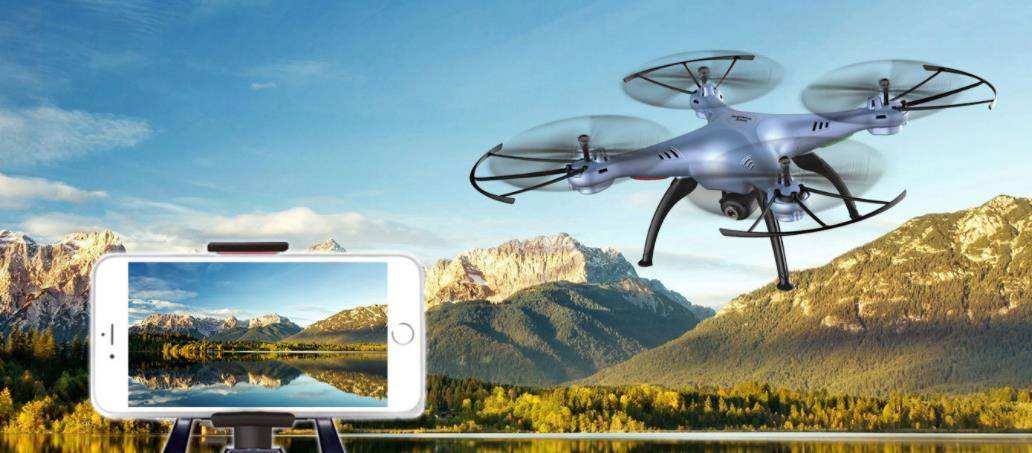Technological Implications
The swarming drones might represent a new wave of technology, potentially different in design and functionality than commercially available drones. As experts investigate this occurrence, questions about drone capabilities arise—were these equipped with superior navigational systems? Did they possess surveillance technologies that surpassed conventional models? Understanding these technological advancements is crucial for responding to future threats effectively.
Security Measures and Challenges
The current response from the military includes heightened security measures. This involves advanced radar systems and improved airspace policing. However, before the complete nature of these drones is understood, there remains a sense of vulnerability. Future strategies might need to incorporate more sophisticated detection algorithms to promptly identify and manage unauthorized aerial vehicles. Notably, this incident urges a reconsideration of cybersecurity measures associated with aerial devices, as possibilities like hacking and remote control interference become increasingly plausible.
Given the global rise in drone usage, legislation regarding drone operations need constant updating to ensure security without hampering technological growth. The drone swarm enigma showcases the necessity for legal frameworks that balance innovation with protection.
Frequently Asked Questions
What are the potential risks associated with mystery drones?
Mystery drones pose risks related to national security breaches, unauthorized surveillance, and possible conflicts with aviation paths. Their unknown operators and purposes can lead to significant vulnerabilities.
How can the military improve its defense against such occurrences?

 By enhancing radar and detection technologies, investing in cybersecurity, and establishing collaborative frameworks for technology and defense research, the military can bolster its capabilities against unexpected drone swarms.
By enhancing radar and detection technologies, investing in cybersecurity, and establishing collaborative frameworks for technology and defense research, the military can bolster its capabilities against unexpected drone swarms.
Are mystery drones a sign of technological advancement?
Potentially, yes. Their unexpected behavior and characteristics might indicate advances in drone technology, including stealth and navigation capabilities that should be studied and understood.